Techa: Traditional Prayer Leader
In the Mariana Islands, the techa is the traditional prayer leader who directs and recites the prayers and hymns for various religious activities within the
In the Mariana Islands, the techa is the traditional prayer leader who directs and recites the prayers and hymns for various religious activities within the

The nobena, or novena, is a series of devotional prayers said over the course of nine days that are associated with the various feasts of

Every human culture recognizes and accepts death as a natural part of life. Rituals, though, are often used by a society to sanctify death and
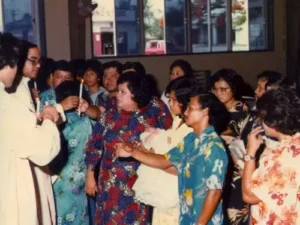
In the past, picking a name for the child was a family affair. In the early matrilineal CHamoru society, the name of a newborn child
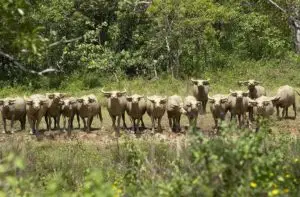
Karabao or carabao are water buffalo introduced to Guam from the Philippines during the Spanish occupation (1668 – 1898) for farming. In and since colonial
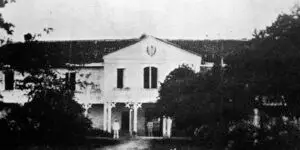
Two terms were used to differentiate the origin of the Spaniards residing In the 19th century colonial Philippines. A Spaniard born in Spain was referred
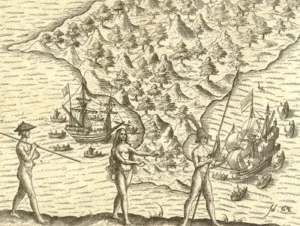
Spanish administrative term. This name is given to the primitive Indians with whom the Spaniards settled the peace agreements, although their descendants had mixed by
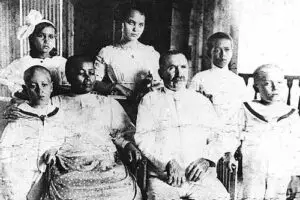
During Spanish colonial rule in the Marianas, the term mestizo (mestisu in CHamoru) referred to a person of mixed parentage. In its original context, as
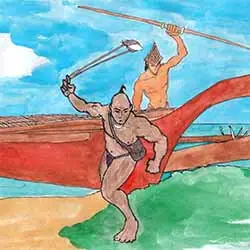
Early European accounts of ancient Chamorro/CHamoru warriors marveled at their strength, skill and fearsome weapons. According to one missionary, CHamorus were amongst the strongest of
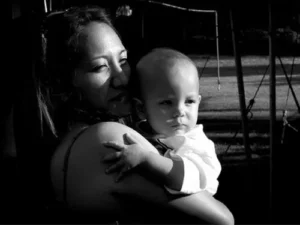
Nina (patlina) and Ninu (patlino) , meaning godmother and godfather in the Mariana Islands, respectively, are borrowed terms from the Spanish padrina and padrino. These